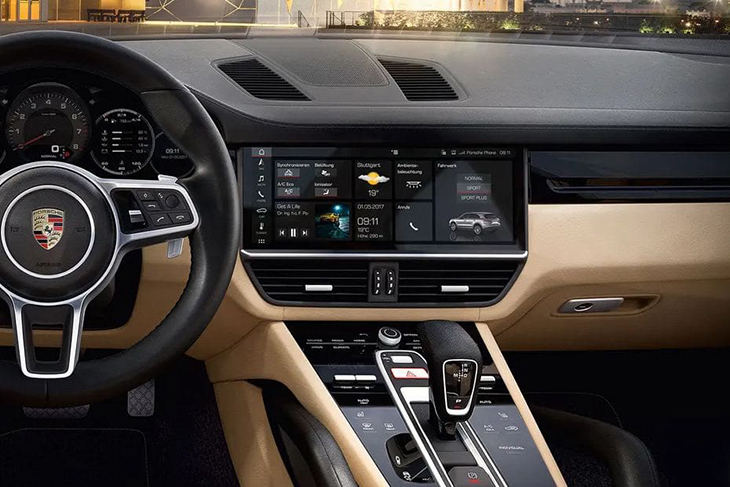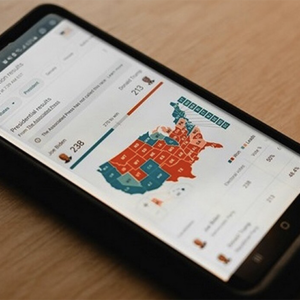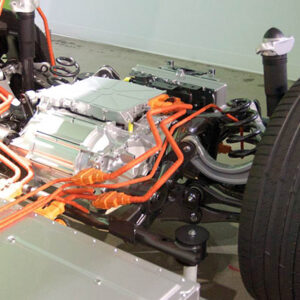
While most cars these days look like something out of the future, a number of automakers have decided to revert back to their old type of tactile controls that feature buttons and knobs. That’s because there has been widespread dissatisfaction among customers using touchscreen-heavy dashboards.
Despite touchscreens gaining popularity over the years, the US Department of Transportation issued warnings about the dangers of texting and driving. This has prompted a number of states to enact laws which penalize this behavior, while also including a number of questions in driving exams. Ironically, automakers have been increasing the use of touchscreens in most vehicles.
Contrary to its name, a touchscreen lacks tactile feedback and rather, it requires mostly on visual interaction. Although it was originally introduced for radio and navigation purposes in vehicles, these touchscreens have evolved and have added more features, making them essential for a more interactive and comprehensive driving experience. However, they have become much more hazardous to operate while driving as well.
To better illustrate the extent of this trend, experts use the 2023 Porsche Cayenne as a perfect example. It uses a touchscreen dashboard but also has an optional touchscreen infotainment system for the passenger seat, a touchscreen layout surrounding the gear selector, and even an optional set of touchscreens integrated into the steering wheel itself. In essence, the Cayenne exemplifies the pervasive influence of touchscreens in modern vehicles.
However, amidst mounting criticism likening touchscreens to “spreading like rashes” across dashboards, certain automakers, such as Volkswagen and its subsidiary Porsche, as well as Hyundai and Nissan, have taken a public stance advocating the reintroduction of buttons and dials. Their objective is to create safer and less distracting cabins for drivers.
Head of Hyundai Design, Sang Yup Lee, said about the unveiling of the 2024 Hyundai Kona, “We have used the physical buttons quite significantly the last few years.”
“We will continue to have [physical dials],” he said, adding that when more autonomous driving is available, tablets will be necessary, “but until then, as I said, when it comes to driving it’s safest to have your eyes on the road and your hands on the wheel.”
It is also worth noting that General Motors and Mercedes do not intend to relinquish touchscreens. In fact, Mercedes intends to incorporate three screens into a single cabin, while General Motors plans to make their newer models incompatible with Apple CarPlay and Android Auto, software that allows users to access their phone’s functions through the car’s touchscreen. This decision may introduce a new learning curve, raising concerns about safety.
Consumer feedback has proven effective in influencing automakers, and further discontent could potentially encourage more companies to prioritize safety by returning to tactile controls, such as buttons and dials.
What are your thoughts? Please comment below and share this news!
True Activist / Report a typo


